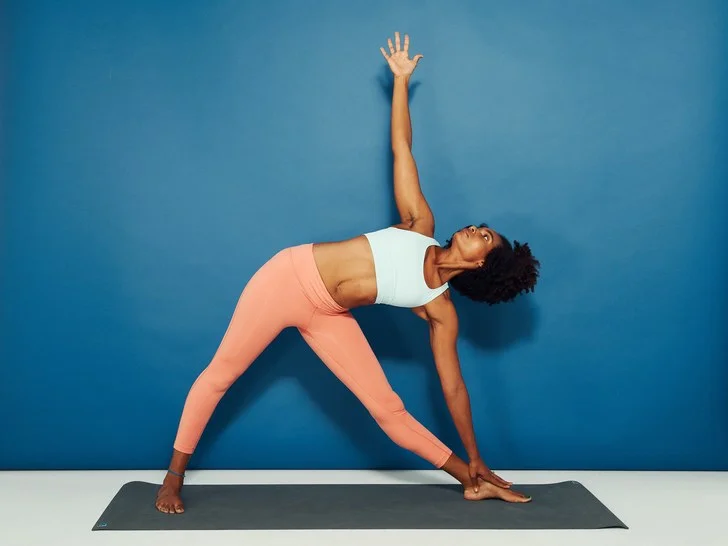Stretching or Strengthening for Pain?
To stretch or to strengthen?
Almost everyone at some point feels like they have pain in their muscles that needs to be “stretched out", but is that the most effective method for resolving the pain? Some experts say yes and some experts say no.
Effect of stretching for pain.
There is contention about what is actually happening when we are ‘stretching’ and while there is a good body of evidence to support it’s positive effect on flexibility and range of motion, we don’t have an answer for whether or not stretching is an effective treatment plan for pain.
Studies on stretching and pain:
Stretching Impacts Inflammation Resolution in Connective Tissue
Studies on stretching’s effect on range of motion and performance:
A review of the acute effects of static and dynamic stretching on performance.
Essentially, we know that stretching feels good temporarily, just not exactly how and whether it’s the best treatment plan.
Effect of strength training for pain.
Fortunately, there is a good body of evidence for the positive effects of strength training for pain. The studies below found that a year of regular neck strength and endurance training reduced pain and disability.
These benefits were mostly sustained for three years, even though many people in the study didn’t continue with their training program after the first year.
First study (1 year study):
Active Neck Muscle Training in the Treatment of Chronic Neck Pain in Women. A Randomized Controlled Trial.Follow up after 1 year:
Effects of neck muscle training in women with chronic neck pain: one-year follow-up study.Follow up after 3 years:
Neck muscle training in the treatment of chronic neck pain: a three-year follow-up study.
Other studies have shown similarly that when strength goes up, pain goes down.
Effect of physical training on pain sensitivity and trapezius muscle morphology.
So why not do both?
Stretch and strengthen.
If stretching feels good and temporarily decreases pain and strengthening shows a long term solution for strength training, why not do both? At ONI, our personal trainers and massage therapists have found that by stretching and using manual therapy techniques to decrease pain and increase range of motion, it opens up the opportunity to do more effective strength training.
We’ve even found that strengthening while stretching helps to decrease sensations of ‘tightness’ and pain while improving function overall, especially when there is stability demand for the body to adapt to.
Check this link to see how we stretch and strengthen at the same time at ONI:
Varied movement is important.
An important point to make is that your body has a “baseline” of function, or homeostasis. You make adaptations depending on the level of demand that you are under, so if the demand is low, then your body will “normalise” to a lower baseline. If you raise the demand, then your body will normalise to a higher baseline of function.
Obviously there are margins for this and if the change is too rapid or too much, then things tend to fall apart, but if you maintain (or regain) levels of muscle and joint function, then you tend to be stimulating your body’s systems enough to work more effectively. This tends to help with pain levels.
We’ve found the links below to be good resources for pain and making sense of research.
Did this article help? Let us know!
Author: Laurent Pang
ONI Personal Training | Massage Therapy | Nutrition Coaching





